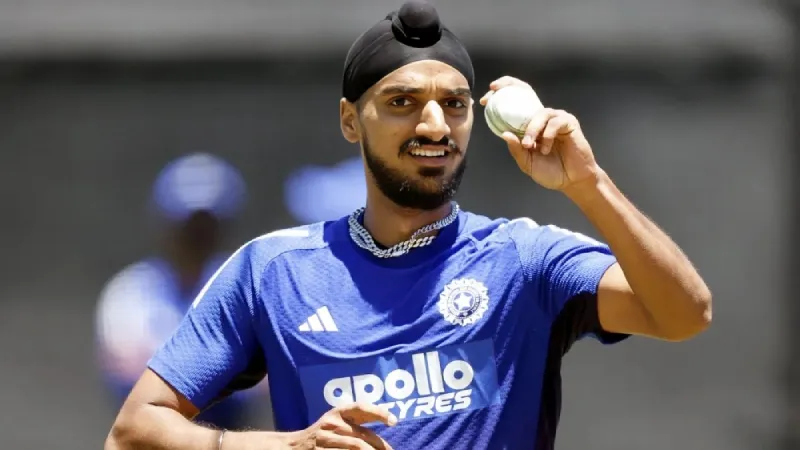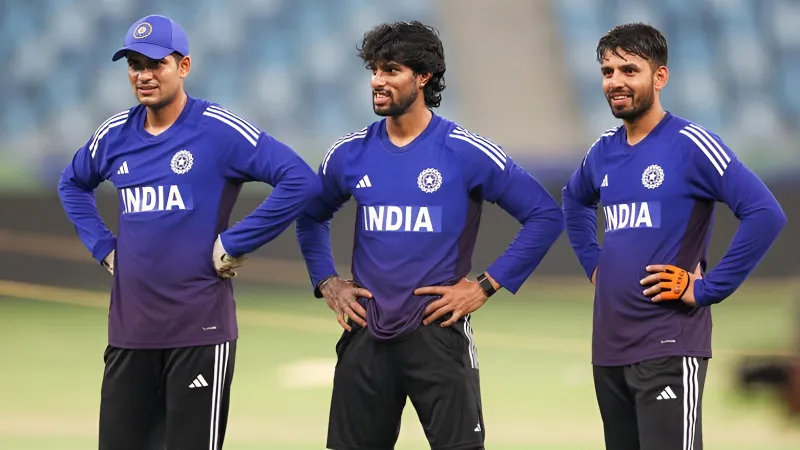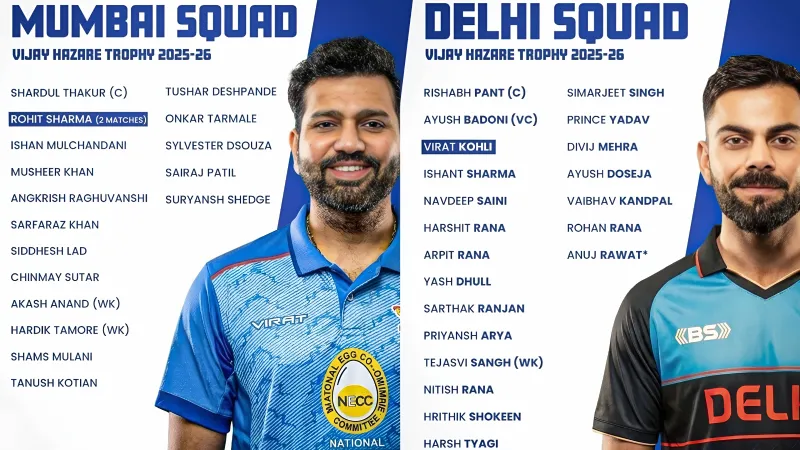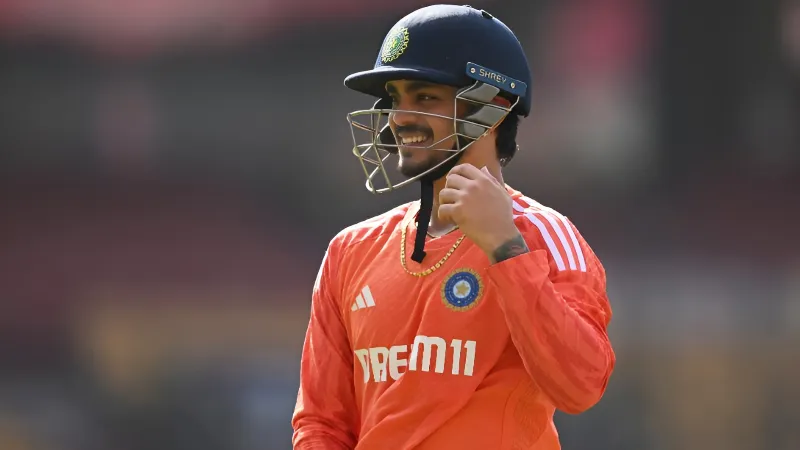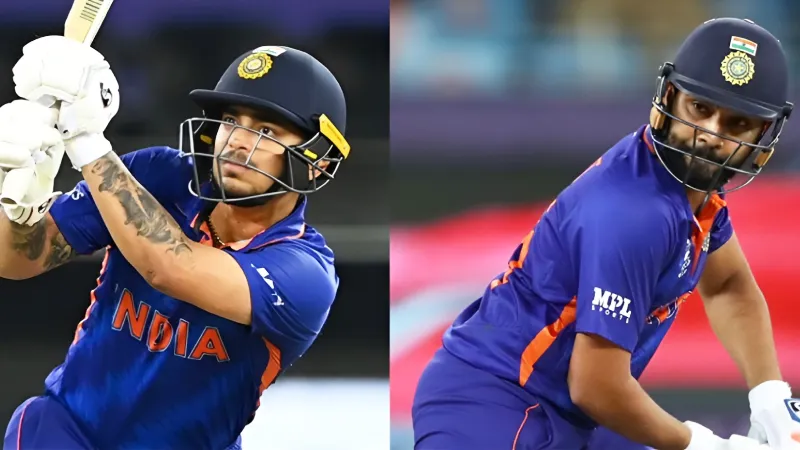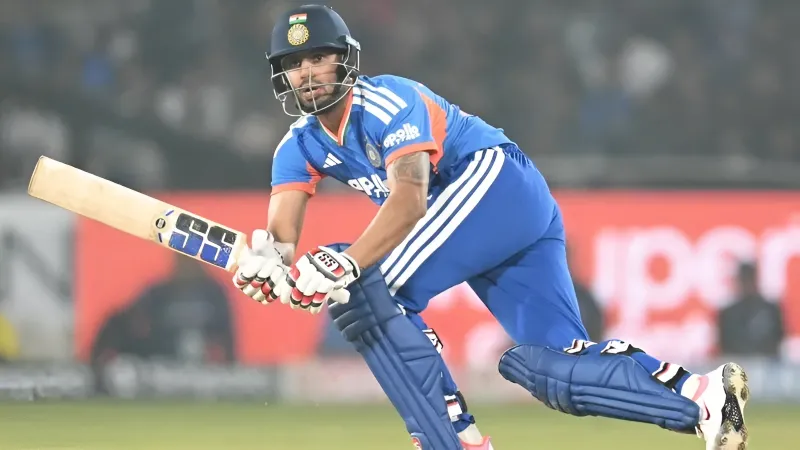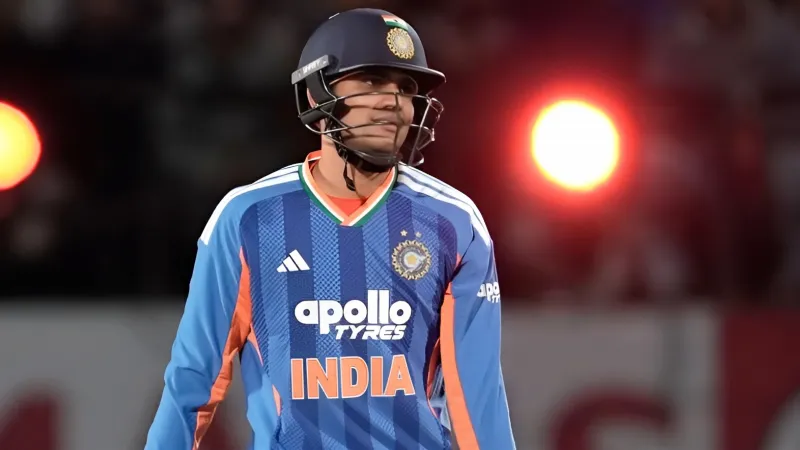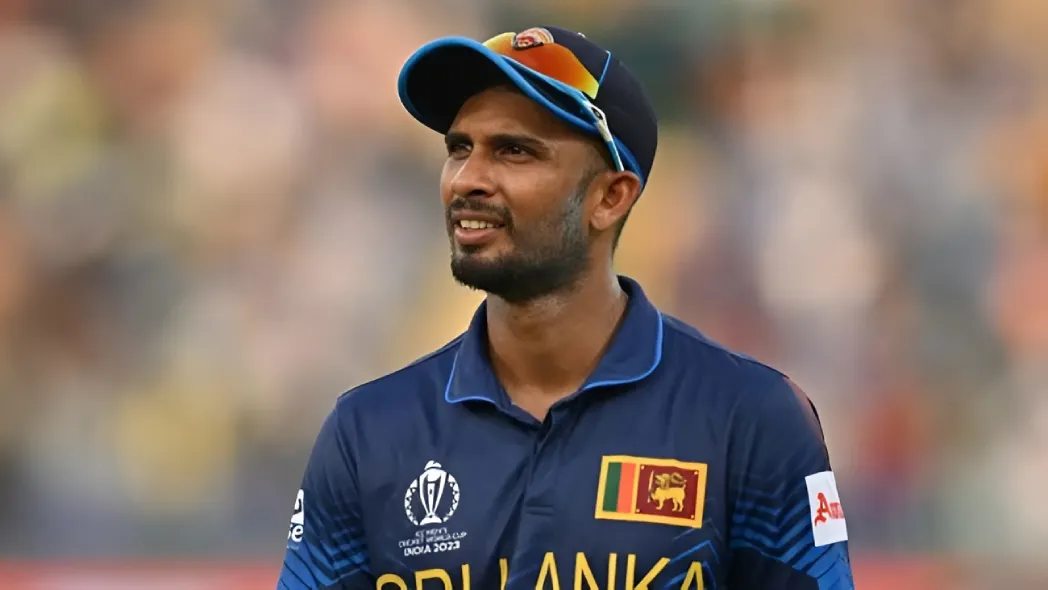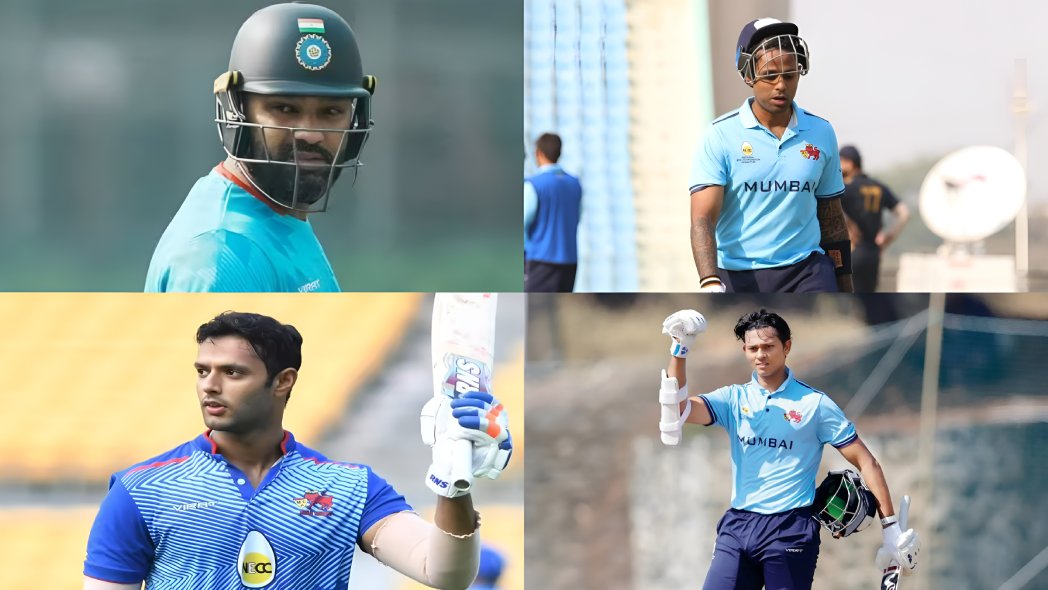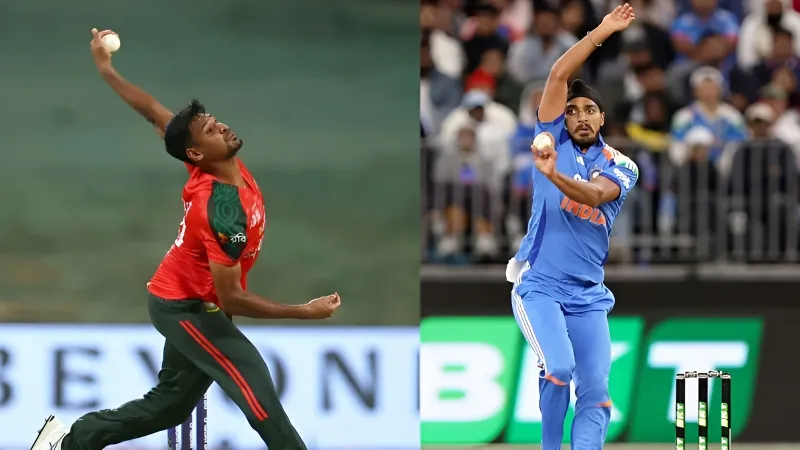Every T20I series eventually reaches that point where selection debates stop being background chatter and start shaping real outcomes. India’s tour of Australia has arrived precisely at that intersection. At 2–1 up, with momentum riding on two games where Arshdeep Singh played and played well, the left-armer has suddenly become more than a squad option. He’s a genuine structural advantage.
And here’s the irony that fuels this debate: Arshdeep has more T20I wickets (105) than India’s pace gold standard, Jasprit Bumrah (99), despite playing fewer innings. It’s the kind of stat that forces even the most old-school analysts to pause mid-sentence.
Add to that the Brisbane factor, where bounce, angle, and swing can either turn left-arm pace into a weapon or a liability, and you get Saturday’s fifth T20I becoming more than just a series finisher. It becomes a referendum on India’s evolving bowling philosophy.
A Left-Arm Angle Australia Still Hasn’t Solved
Arshdeep’s endorsement from Varun Aaron is not an emotional gesture; it is a strategic one. The Australian top order are right-handed hitters with repeated discomfort when they have had to navigate the inwards angle at pace, and specifically, they’ve found the conditions at night to be particularly challenging. The fact that Arshdeep can swing the new ball and slam Yorkers down the leg side in the last over will add value to the Indian batting unit that prefers pace on (the faster you bowl) and the longer lengths as opposed to short ones. Arshdeep’s middle-overs wicket in the 4th T20I was a reminder that Arshdeep is developing his skills beyond being a powerplay/death bowler into the in-between phase as well.
How Arshdeep Frees Bumrah to Become Even Scarier
The counterintuitive brilliance of Arshdeep’s inclusion is what it does for Bumrah. With a reliable left-armer handling the early overs, Bumrah can stash two overs for the back end, where matches are truly won. Australia overattacking Shivam Dube in the fourth T20I wasn’t a coincidence; it was fear management. When Bumrah has overs remaining, batting units shift gear more recklessly, often against the wrong bowler. India weaponised that psychology perfectly.
A Template India Has Been Searching for Since 2016
For the first time, the Arshdeep-Bumrah duo is silently reminiscent of some of India’s best-balanced T20I bowling combinations – for example, Nehra-Bumrah in 2016 or Zaheer-Nehra from earlier generations. Right-arm fast-medium bowlers have always been partnered with a left-arm angle bowler to give India an ICC tournament attacking advantage in terms of variety over raw speed. More broadly, other international teams such as England (Willey-Archer) and Pakistan (Rumman-Shaheen-Rauf) have relied almost exclusively on their variation rather than relying solely on speed. The Arshdeep-Bumrah duo is finally a well-composed, modern bowling unit that will force oppositions to think about how they plan to attack it, not simply survive it.
Having Bumrah and Arshdeep as their opening bowlers in Brisbane is not just a matter of finishing off a home bilateral ODI series for India. They will be taking on a template for future use, and with the next major international tournament coming up, this would serve them well. Arshdeep’s high wicket-taker rate, his ability to bowl with both hands (left arm), and his capacity to handle the pressure of being in the spotlight are all qualities that India are desperate to find to add some consistency to the unpredictability of T20 cricket.
Meanwhile, Bumrah’s presence upgrades everything around him from field placements to bowling-order mind games. When the pair operate together, India stops bowling overs. They start controlling narratives.
This fifth T20I, then, isn’t a dead rubber. It’s a blueprint test. And the early signs suggest India finally likes what it sees.
Key Takeaway
Arshdeep isn’t replacing Bumrah; he’s unlocking him.
FAQs
- Why is Arshdeep Singh important in the XI?
Because his left-arm angle, powerplay swing, and death-overs accuracy add wicket-taking variety India otherwise lacks.
- Should India risk Bumrah before the Test series?
Yes, one more T20I helps build his rhythm for South Africa, not strain him.
- What changes if both Arshdeep and Bumrah play?
India gets tactical flexibility: better death control, smarter middle-overs matchups, and more pressure on opposition game plans.
Disclaimer: This blog post reflects the author’s personal insights and analysis. Readers are encouraged to consider the perspectives shared and draw their own conclusions.
Step into the world of cricket with JeetBuzz News—where expert opinions, trending Blogs, and behind-the-scenes insights meet all your favorite topics. Stay informed, stay entertained, and never miss the stories shaping the cricketing world—only on JeetBuzz News!

